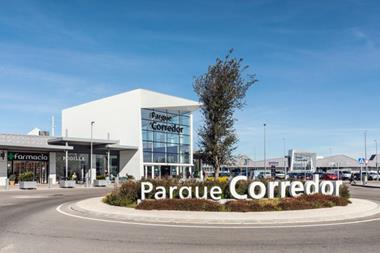Jones Lang LaSalle (JLL) expects direct investment in commercial real estate in Europe in 2011 to rise by up to 30% on 2010 figures, when the market transacted EUR 102 bn. According to JLL's European Capital Markets Bulletin, which is due to be published shortly, liquidity has returned to the market driven by cross-border investment from equity-rich private and institutional investors, which resulted in increases in investment volumes of 48% year-on-year.
Jones Lang LaSalle (JLL) expects direct investment in commercial real estate in Europe in 2011 to rise by up to 30% on 2010 figures, when the market transacted EUR 102 bn. According to JLL's European Capital Markets Bulletin, which is due to be published shortly, liquidity has returned to the market driven by cross-border investment from equity-rich private and institutional investors, which resulted in increases in investment volumes of 48% year-on-year.
A lack of prime product and improving rental prospects will encourage investors to broaden their horizons and consider higher risk and return profiles this year.
Richard Bloxam, director EMEA Capital Markets at JLL, said: 'The UK, France and Germany captured the greatest proportion of investment capital in 2010 and are still perceived as attractive havens for investors. A shortage of available core product in major Western markets means we anticipate the investment momentum of 2010 in Central Europe and Nordics to accelerate in 2011. Europe's two largest emerging markets Russia and Turkey will also witness increased investment transaction activity this year.
JLL forecasts increasing capital values across the region. Unlike 2010, this will be primarily driven by rising rents, although there will be limited yield compression in CEE markets. Consequently, understanding tenants and the drivers within the occupational market, will be key in order to capture capital growth.
Grant Fitzner, head of EMEA Research at JLL, added: 'Although vacancy remains high across Europe, tenant activity is increasing and the limited new supply being added to the market means that the absorption of this stock will place an upward pressure on rents. We will continue to see rental growth in core markets, such as London and Paris, there will also be opportunities to acquire core assets in a wider tier of cities, such as Lyon, Stockholm, Helsinki, Warsaw and Moscow, as the occupational market recovers.'










